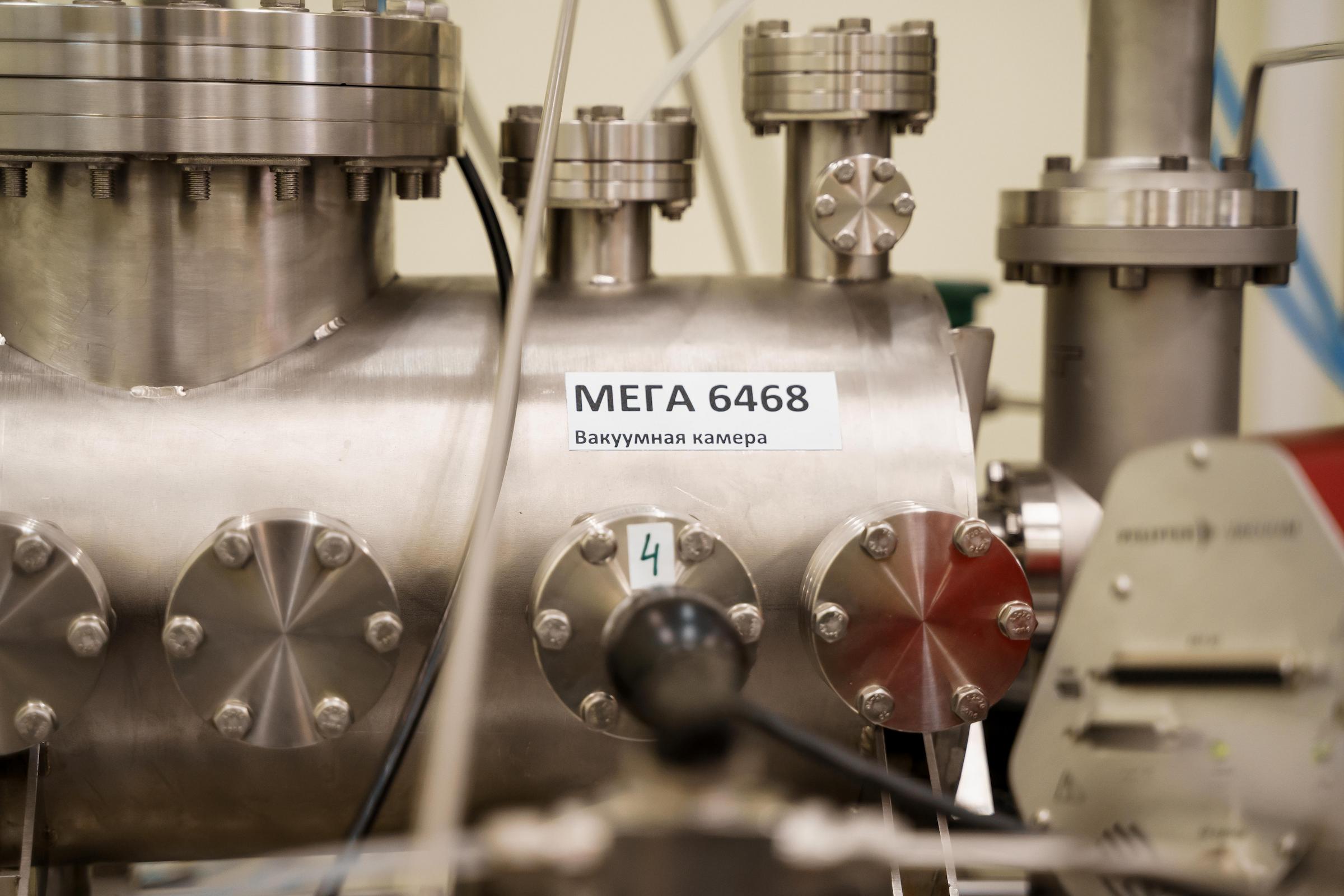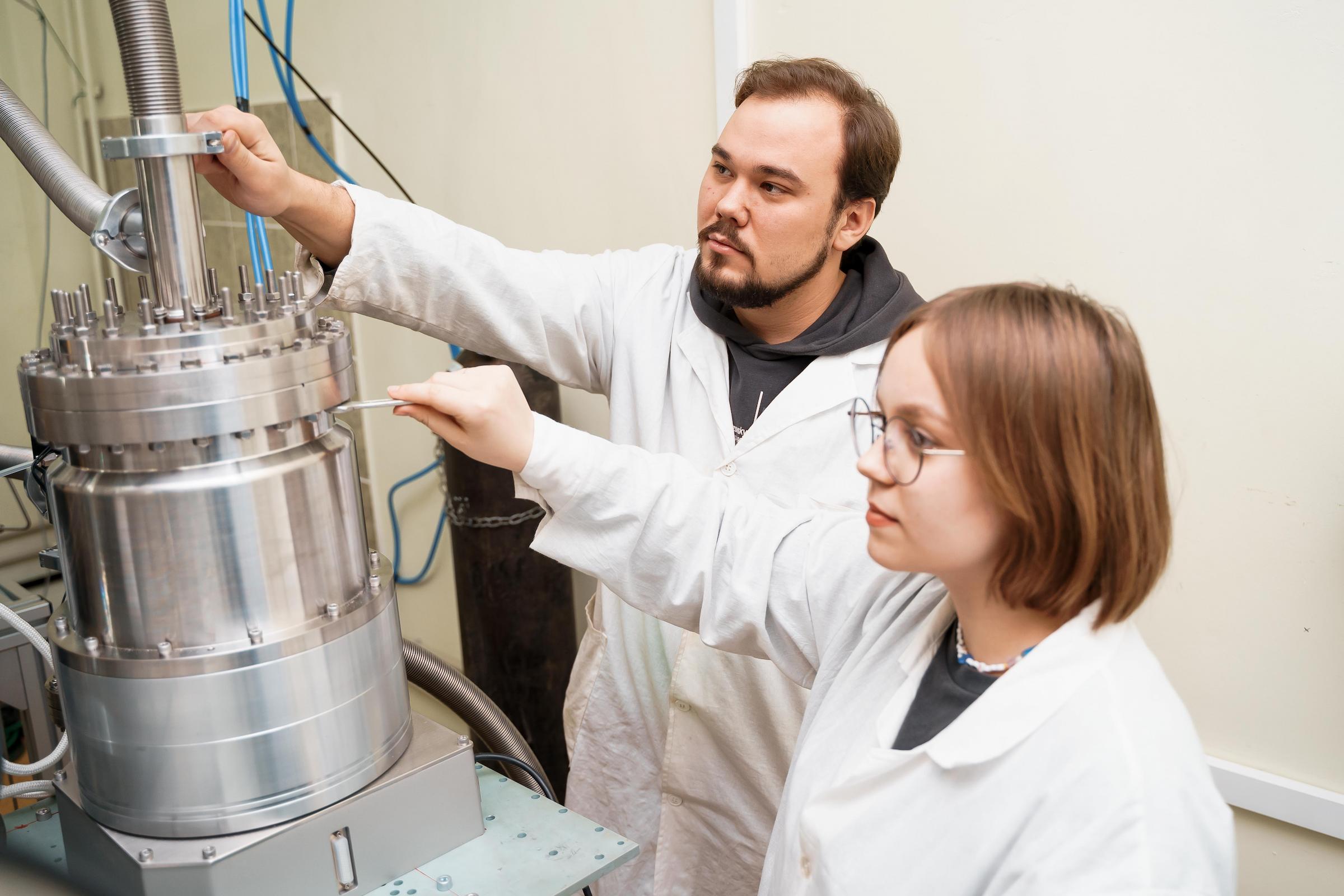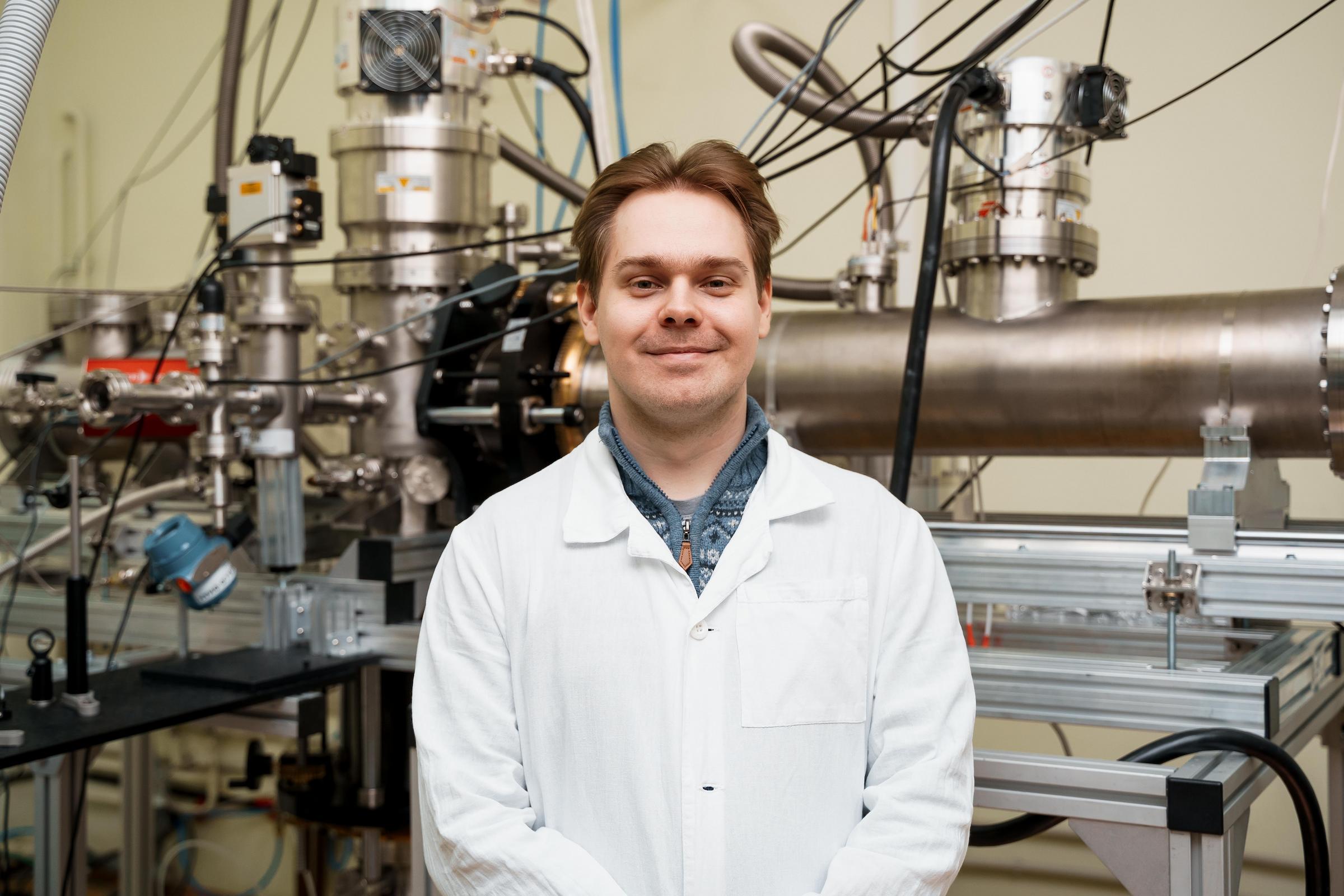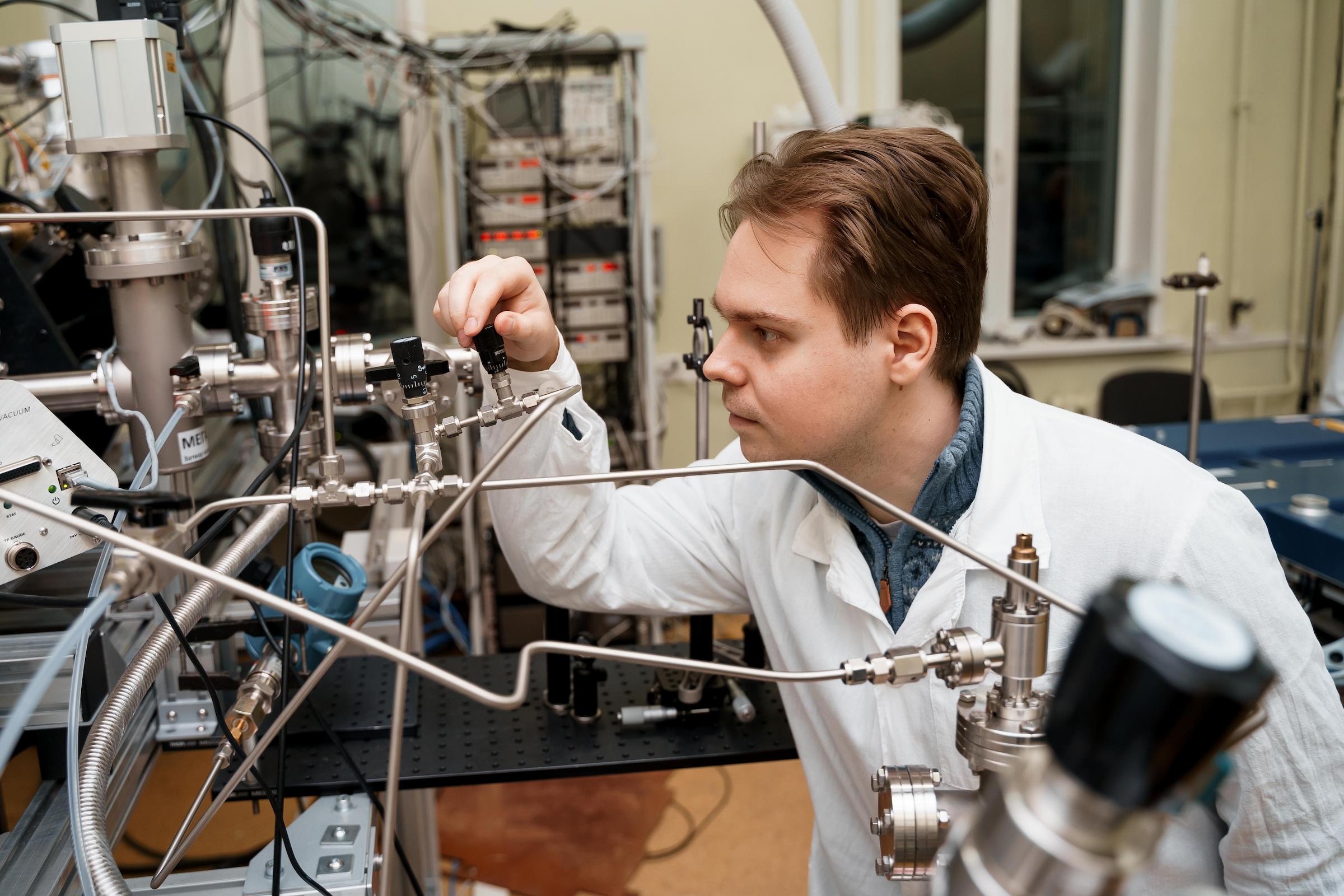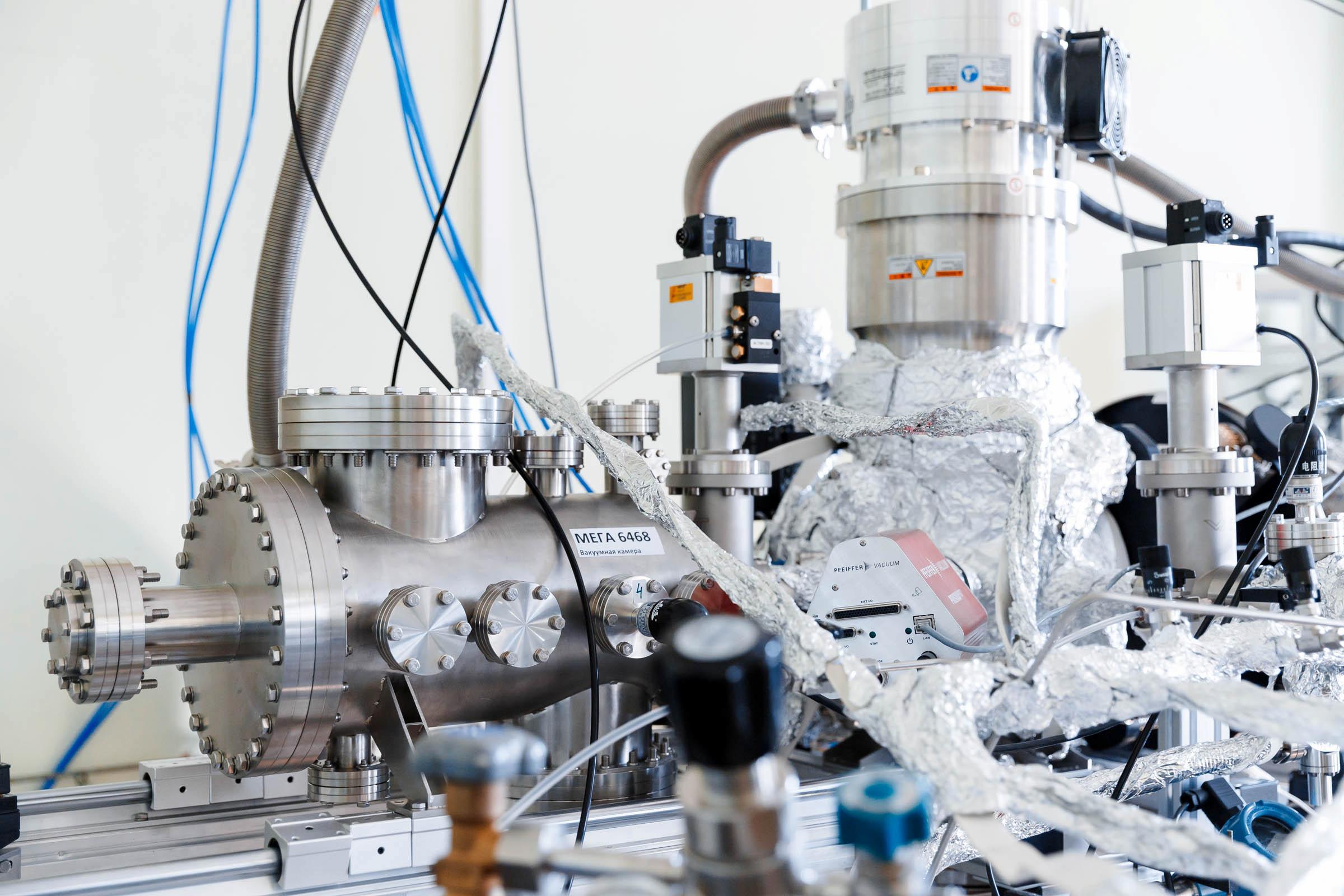Scientists from Samara University, in collaboration with scientists from the University of Hawaii at Manoa (USA), were the first in the world to experimentally prove that in interstellar ices in deep outer space, under the influence of galactic rays, the organic compound, the precursor of lactic acid, lactaldehyde, can form, which is important for the processes of the origin of life. Scientists have managed to obtain this substance, which is a key one to many important biochemical processes, from the frozen mixture of ethyl alcohol and carbon monoxide. The article on this experimental research was published by the renowned international scientific journal Nature Communications.
"The results of our joint research provide science with new data on the mechanisms of formation of complex organic molecules in the interstellar medium and the possible role of these molecules in the origin of life on the Earth. During the experiments, we were able to synthesize lactaldehyde (CH₃CH(OH)CHO) molecules for the first time in conditions that completely simulate deep outer space and interstellar ices. Lactaldehyde, as the precursor of lactic acid, is an important intermediate in the biochemical processes associated with the formation of sugars, sugar acids and amino acids, which can play a key role in the origin of life", said Ivan Antonov, Associate Professor at Samara University’s Department of Physics.
During the experiments, using the special facility in the ultrahigh vacuum, the scientists irradiated the frozen ice mixture of carbon monoxide and ethyl alcohol with the stream of high-energy electrons that played the role of galactic cosmic rays. All this took place at very low temperatures, just like in deep space, – about 268 degrees below zero Celsius.
The thickness of the irradiated analogue of interstellar ice was only a few hundred nanometers: according to the scientists, this is exactly what the icy "mantle" can be, which is formed on grains of stardust traveling through the Galaxy, to become over time carriers of various organic molecules – "bricks of life". Due to the precisely calculated dose of electron irradiation, the scientists “accelerated” the reaction time in the ice: about ten hours of experiments on the Earth turned out to be approximately equivalent to 1 million years of flight of frozen stardust grains through the Milky Way.
"This resulted in discovering lactaldehyde and its isomers: 3-hydroxypropanal, ethyl formate and 1, 3-propenediol. These compounds were identified using isomer-selective photoionization mass spectrometry and isotope labeling studies. It can be concluded that, after formation in interstellar ices, lactaldehyde and its isomers could and can be incorporated into planetesimals* and transported by meteorites to various young planets, such as the early Earth, which makes it possible to explain the appearance on our planet of prebiotic molecules, precursors of complex biomolecules", noted Ralph Kaiser, Professor at the University of Hawaii in Manoa.
For reference:
At the beginning of 2024, in Samara, the space factory of "bricks of life", a world-class experimental installation simulating conditions of deep outer space and allowing experimental exploration of evolution of organic molecules in our Galaxy, has been put into operation. The practical study of the ways, in which the "bricks of life" – biochemically important molecules - arise in outer space, should help solve the mystery of the origin of life on the Earth.
The facility is a key element of the Centre for Laboratory Astrophysics at the Samara Branch of Lebedev Physical Institute of the Russian Academy of Sciences (SF LPI RAS). The Centre for Laboratory Astrophysics is established within the framework of the Russian Federation Government’s megagrant "Origin and Evolution of Organic Molecules in our Galaxy". The facility was created and put into operation by the joint team of scientists from SF LPI RAS and Samara University. The installed facility has unique specifications making it possible to simulate the effect of cosmic ionizing radiation on analogues of extraterrestrial, interstellar ice of various types in a wide range of chemical and physical parameters.
* A planetesimal is a celestial body in orbit around a protostar, which is formed as the result of the gradual accretion of smaller bodies consisting of dust grains from the protoplanetary disk. Protoplanets can form from planetesimals.
 RU
RU  EN
EN  CN
CN  ES
ES 
